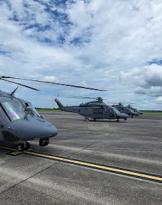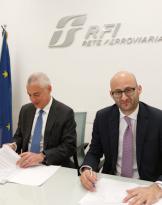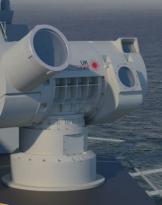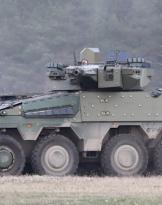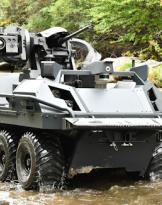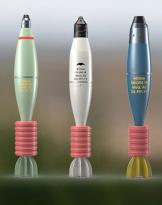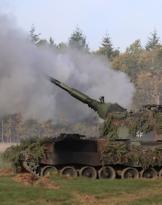The anti-ship missile Sea Venom / Anti-Navire Légives successfully completed shooting tests at the French Armament General Directorate (DGA) shooting range in Ile du Levant on 17 November. This weapon system will soon equip AW-159 helicopters Wildcat of Royal Navy and AS-565 Panther, NH-90 Caiman Marine, H-160M Guépardon of Marine Nationale.
The anti-ship missile Sea Venom / ANL was born from a cooperation project developed under the Lancaster House Treaty between France and the United Kingdom and is the first program to fully exploit the bi-national centers of excellence on missile technologies deriving, also, from the Lancaster House Treaty, which, moreover, this month celebrated its tenth anniversary.
During the final shooting test, the missile tested the high target recognition capability within a complex and chaotic naval scenario.
While in the tests that took place previously, a scenario was created that provided for a long-range engagement with a missile flight profile at very low altitude in the initial and then medium phase with automatic target acquisition in mid-flight (Lock On After Launch - LOAL).
Il Sea Venom / ANL uses an infrared sensor with the guide option man in the loop track-through-missile away data link; the bidirectional high-speed data link transmits the images "seen" by the seeker to the operator, allowing him to maintain control of the missile throughout the flight, maneuvering it in the final phase in the most vulnerable points of the target.
MBDA CEO Éric Béranger said: "I would like to congratulate the Franco-British teams of MBDA and our governments for the commitment they have shown in reaching this milestone amid the disruptions caused by Covid-19. Both sides have shown that through cooperation we can overcome adversity together. and provide cutting-edge military capabilities ".
The missile Sea Venom / ANL was designed as a successor to the missiles Sea Skua e AS-15TT and MBDA states that the missile will be able to integrate readily on the platforms that already hosted the weapon systems it will replace. In fact, just like its predecessors, the Sea Venom / ANL It is designed to attack surface targets, such as coastal fast attack craft (FIACS) ranging in size from 50-500 tons, as well as larger surface targets up to the size of a corvette. With its 30kg warhead, the missile is also capable of inflicting significant damage to larger ships through precise point-of-impact selection, plus it can also attack ground-based static targets. MBDA said the missile has a "long" range which allows it to be launched beyond the range of most modern air defense systems. The missile is capable of performing various attack modes, including the sea skimming and "pop up / top attack".
In addition to the missile Sea Venom / ANL, France and the UK maintain a wide range of cooperative programs, with the development of a new cruise and anti-ship missile at the forefront FCASW extension (FMAN / CME) and new countermeasures for defense against naval mines.


